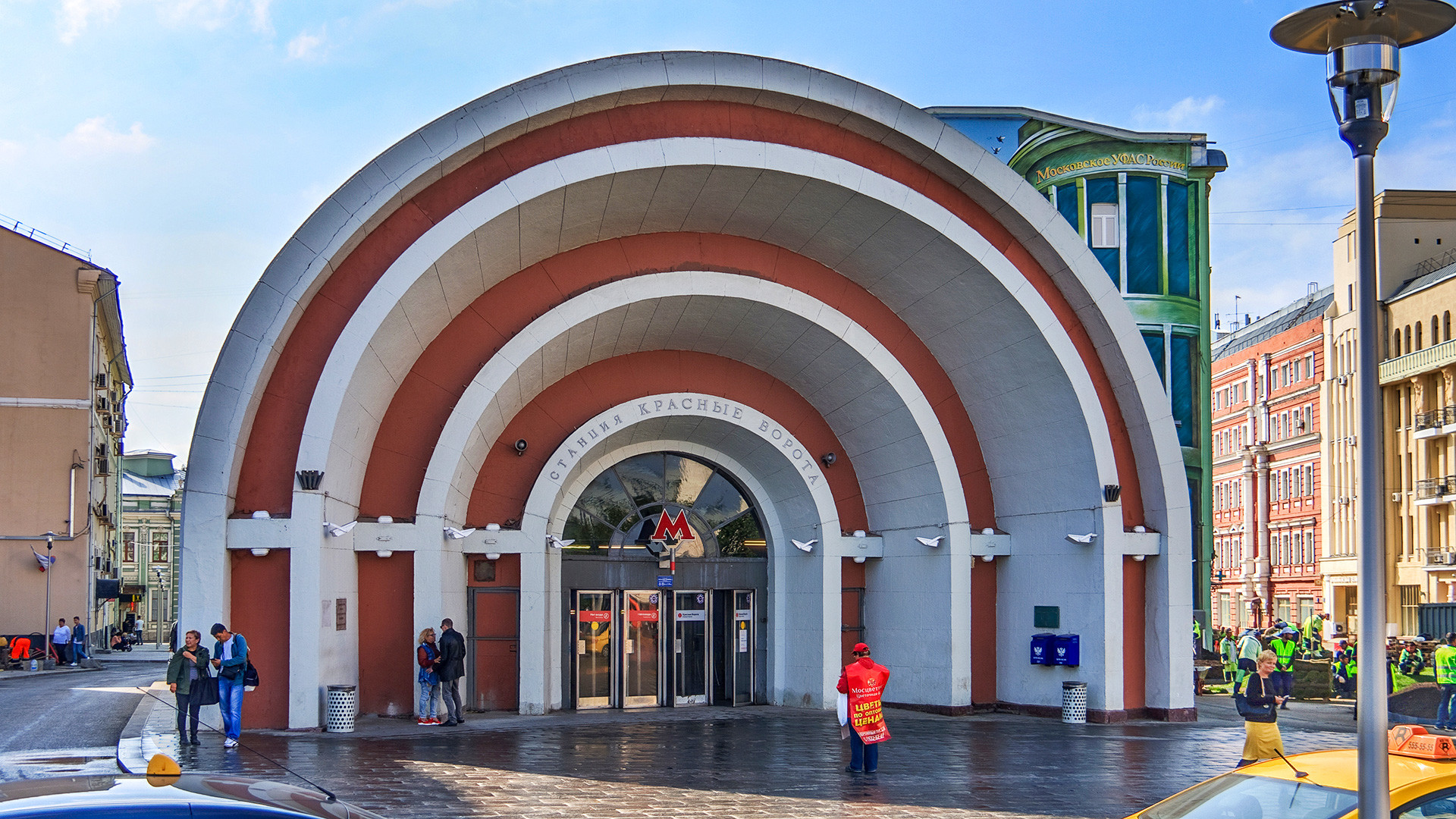
South pavilion of Krasniye Vorota metro station, Moscow.
Ludvig14 (CC BY-SA 4.0)The years in the aftermath of the 1917 Bolshevik Revolution were marked by liberty: from servitude, from tsarist repressions, from the old regime. The architects of the day conjured up a vision of ideal homes, as well as entire cities, suited to the new everyday life of the proletariat. This avant-garde wave gave birth to the new fashion, referred to as “the proletarian classical” (or Red Dorica), which combined within it elements of a then-fashionable constructivism and classical antique architecture. The trend would later inspire “Stalin’s empire style”.
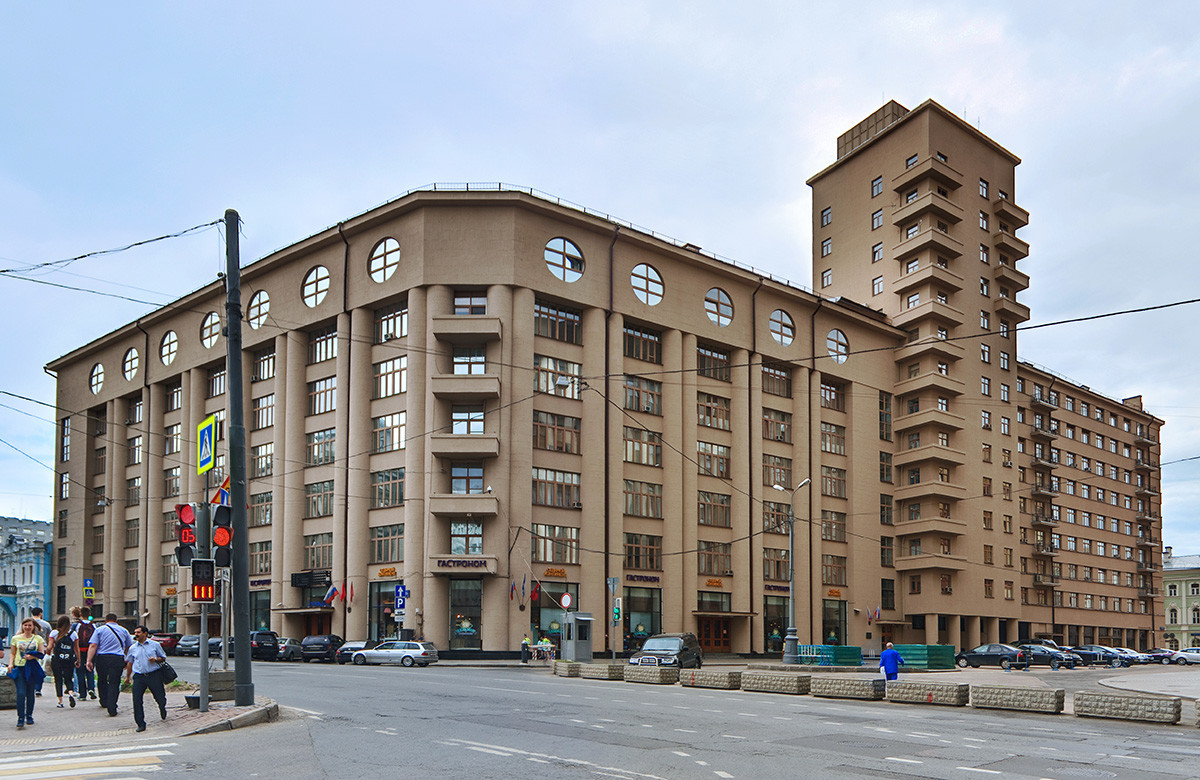
The ‘Dynamo Society’ building.
Ludvig14 (CC BY-SA 4.0)The father of the new stylistic movement was architect Ivan Fomin (1872-1936), who was well known for his neoclassical mansions during the tsarist years. The dacha he designed for diplomat Aleksandr Polovtsov, with its Greek porticos and wide colonnade, is considered a benchmark of the style in Russia. While, during the revolutionary years, he adapted the classical Greek and Roman order to the laconic facets of constructivism.
One of his most famous works in Moscow was the ‘Dynamo Society’ building on Lubyanka Square (1928-1931), built jointly with Arkady Langman - the designer behind the Gosduma building. On the one hand, the building is an example of the kind of constructivism we would expect from that era, with its round illuminator windows and preise geometry. However, the facades reveal rows of coupled columns with no base - a classical example of antique dorical order.
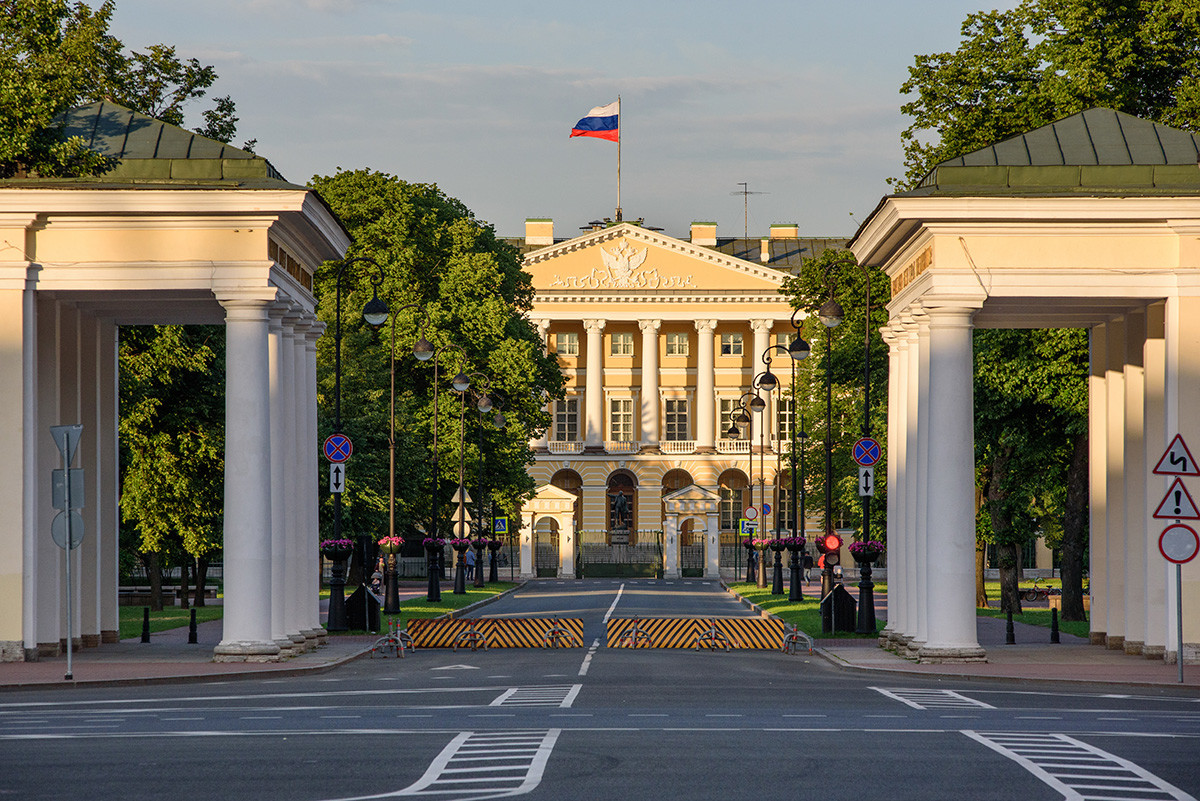
Garden-parterre.
Sergei Yermokhin/TASSFrom 1919, Fomin headed the urban development program for Petrograd (now St. Petersburg), injecting the city with his ideas and giving fresh perspectives on the classical. Together with his student, Lev Rudnev (the author of the Moscow State University building), he worked on the ‘Field of Mars’, the memorial to the victims of the Revolution. There is a parterre in front of the Smolny Institute (today the residence of the governor of St. Petersburg) built by Vladimir Schuko and Vladimir Gelfreich (future proponents of Stalinist architecture). It consists of two tall five-column gates that are characteristic of Ancient Greek architecture. The propylaea contain the gold inscription: “Proletarians of the world, unite!” and “The first Soviet of the proletarian dictatorship.”
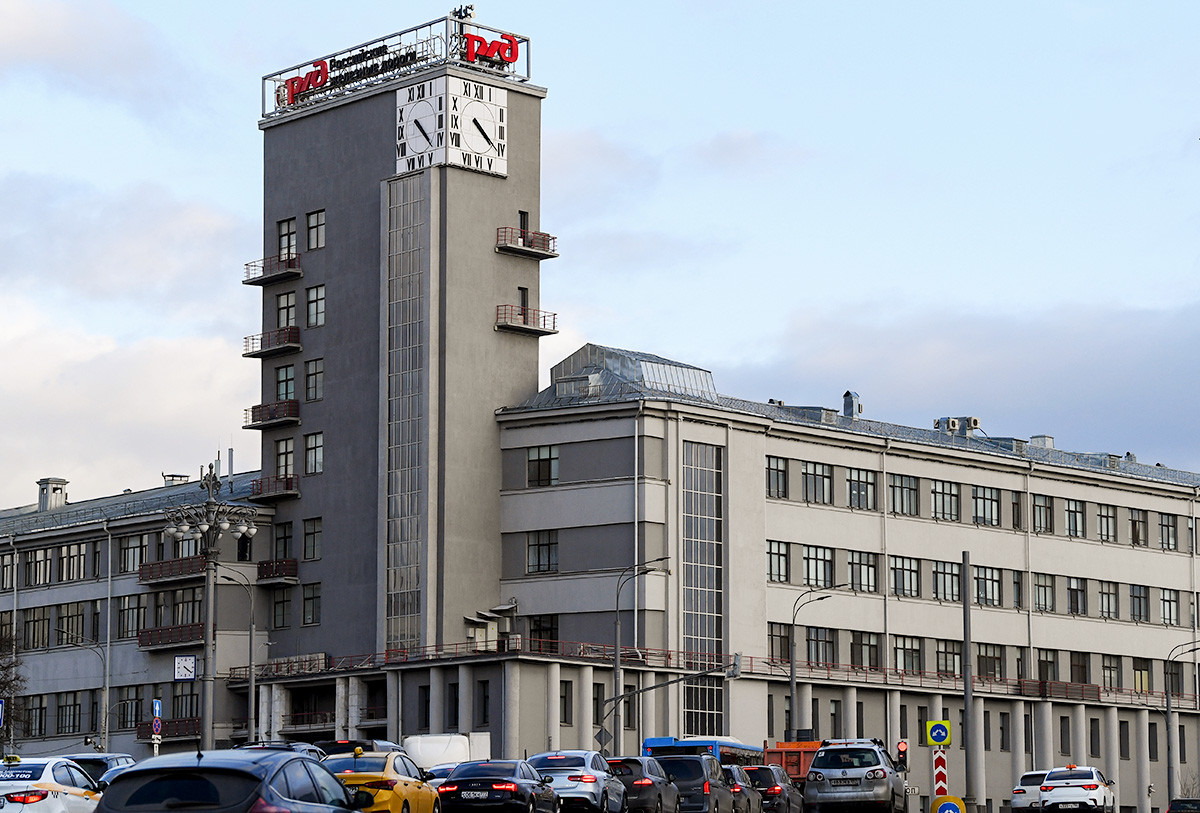
Russian Railways building in Moscow.
Alexei Maishev/SputnikOld buildings were likewise remade in the Revolutionary style. The Russian Railways building at Krasnye Vorota was built back in the 18th century as a palace office building. However, in the 1930s, Fomin transformed it into a suprematist locomotive, adding laconic columns to the facade.

Textile Institute in Ivanovo.
Vladimir Smirnov/TASSThe city where Fomin’s ideas really took flight was Ivanovo, Russia’s textile capital. They referred to it as a model of a proletarian city for its abundance of avant-garde architecture: there are commune houses, ‘metaphor houses’ (built to look like animals, ships, horseshoes) and, of course, the “proletarian classics”. Fomin’s ideas were also used in the designing of the city’s educational institutions.
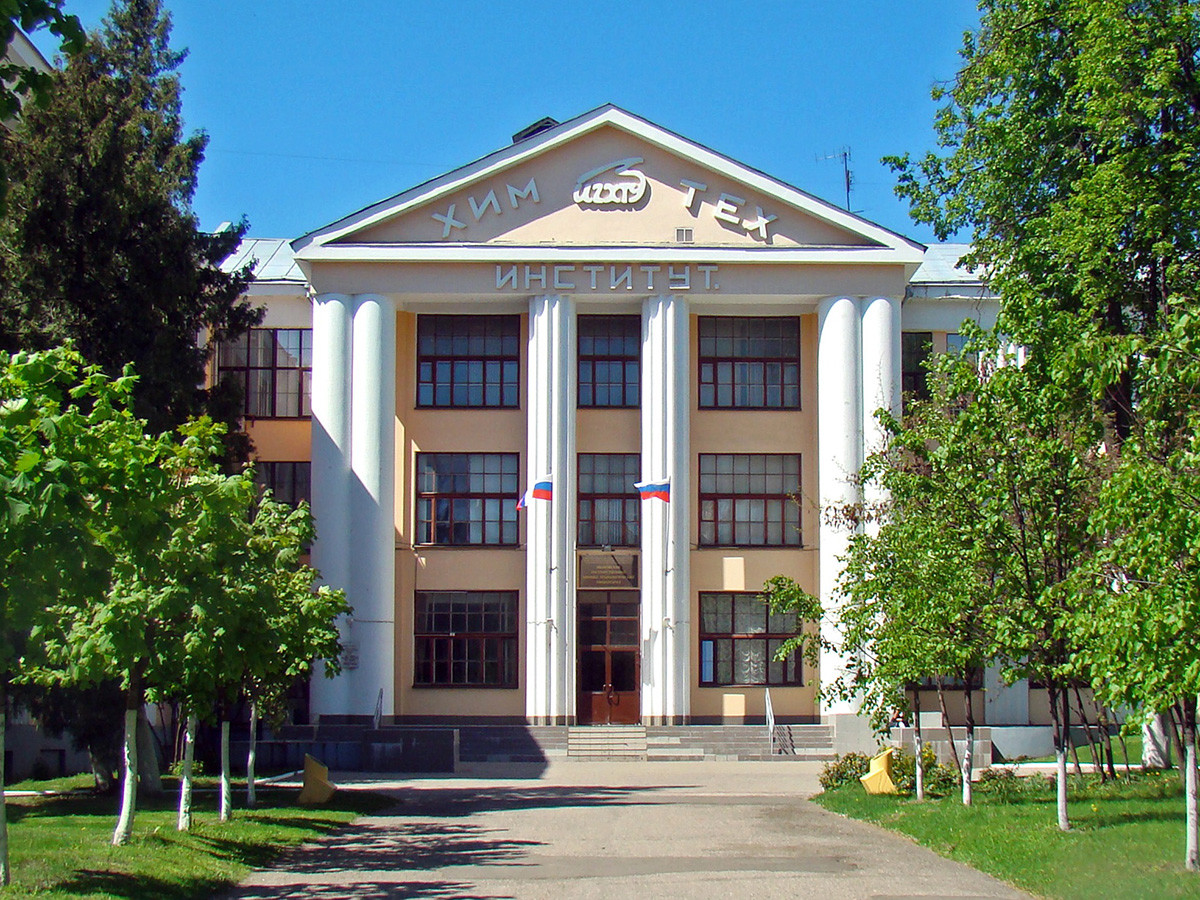
The Ivanovo Chemistry-Technology Institute.
Alexei Beloborodov (CC BY-SA 4.0)Among them are the Chemical-Technological University, The Energy University and the Textile University. All of the buildings form a courtyard, with the ends facing the street. The interior design is very laconic, there are no excesses; although the facades are all done in antique style, with columns.
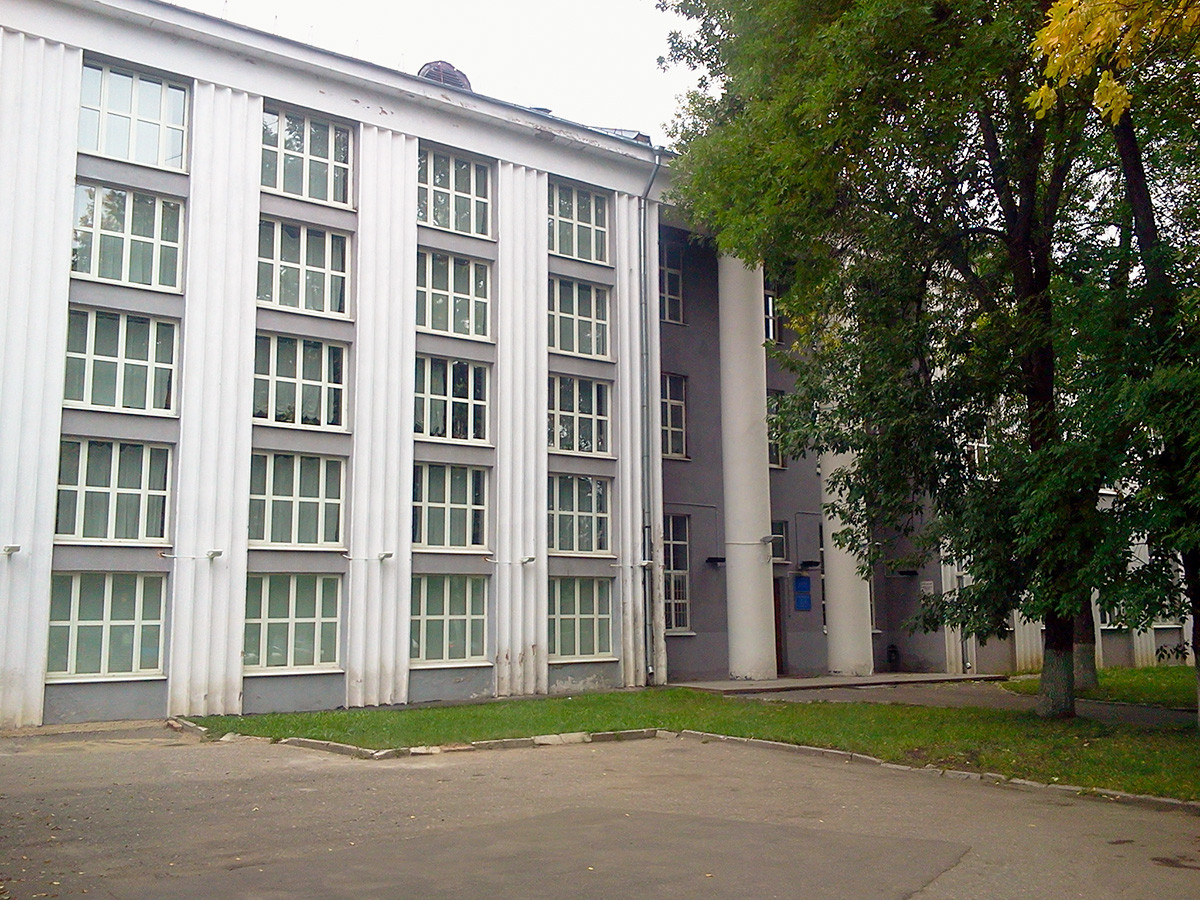
The Regional Scientific Library,
PericlussThe courtyard contains the Ivanovo Regional Scientific Library in the same style. In this way, Fomin achieved the creation of an entire university district.
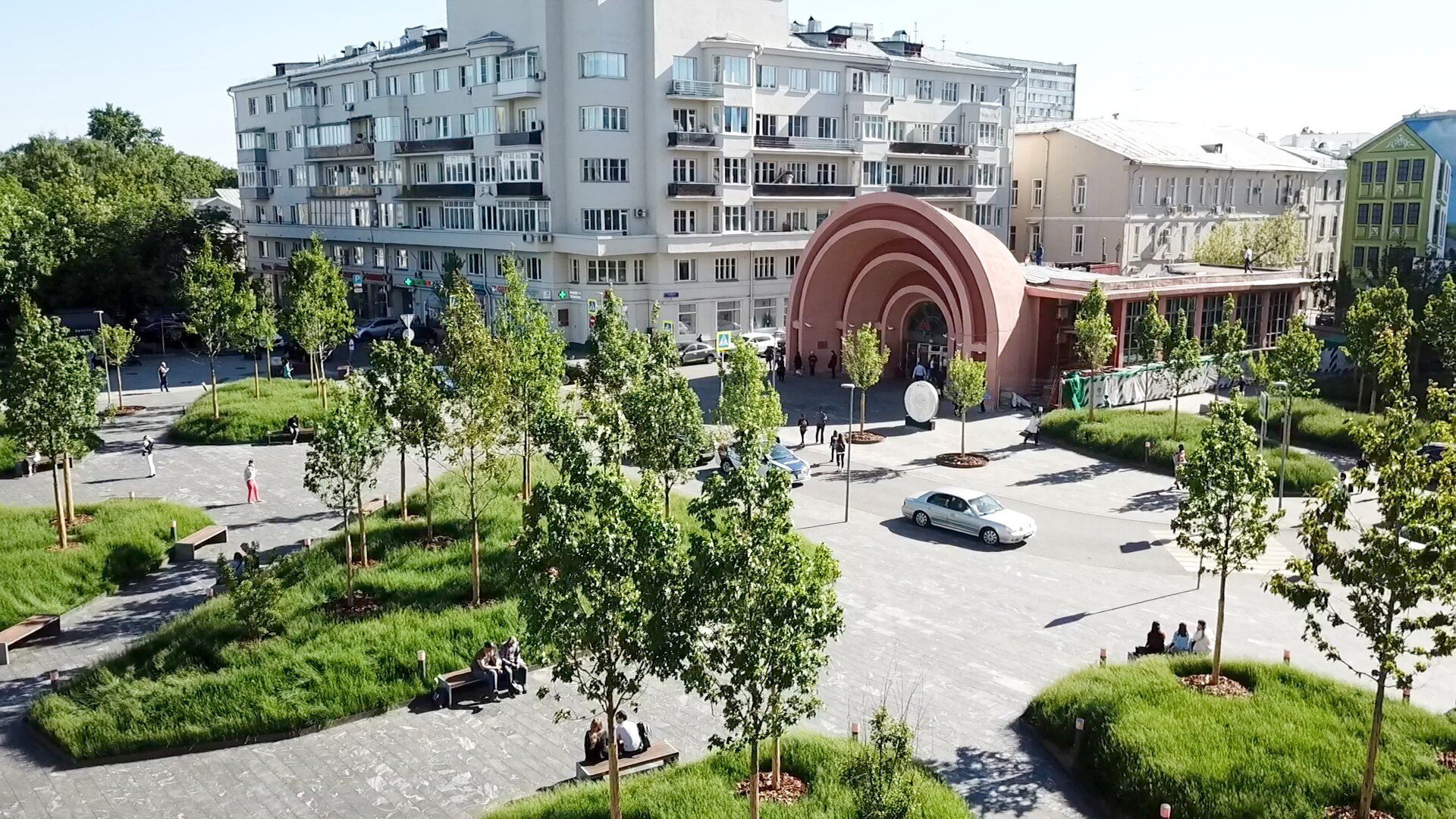
Krasnye Vorota station.
Denis Voronin/Moskva agencyIt wasn’t only buildings that were done in the proletarian classical style, but also Moscow Metro stations - chief among them Krasnye Vorota (1935) and Teatralnaya (1938), marked by massive pylons and vaulting.

Teatralnaya station.
Nikolai Galkin/TASSAlthough Fomin was the designer behind both stations, Teatralnaya (called ‘Ploschad Sverdlova’ back in the day) was completed by his student, Leonid Polyakov. The ideologues of the Red Dorica believed that a new Soviet architecture must be based on the classical, but at the same time, be more rugged and brutal in its geometry. Already in the mid-1930s, architects - Fomin’s students among them - would transition to neoclassicism, adding a new flare to the strict proletarian style: the era of Stalinism had arrived in the USSR!
If using any of Russia Beyond's content, partly or in full, always provide an active hyperlink to the original material.
Subscribe
to our newsletter!
Get the week's best stories straight to your inbox